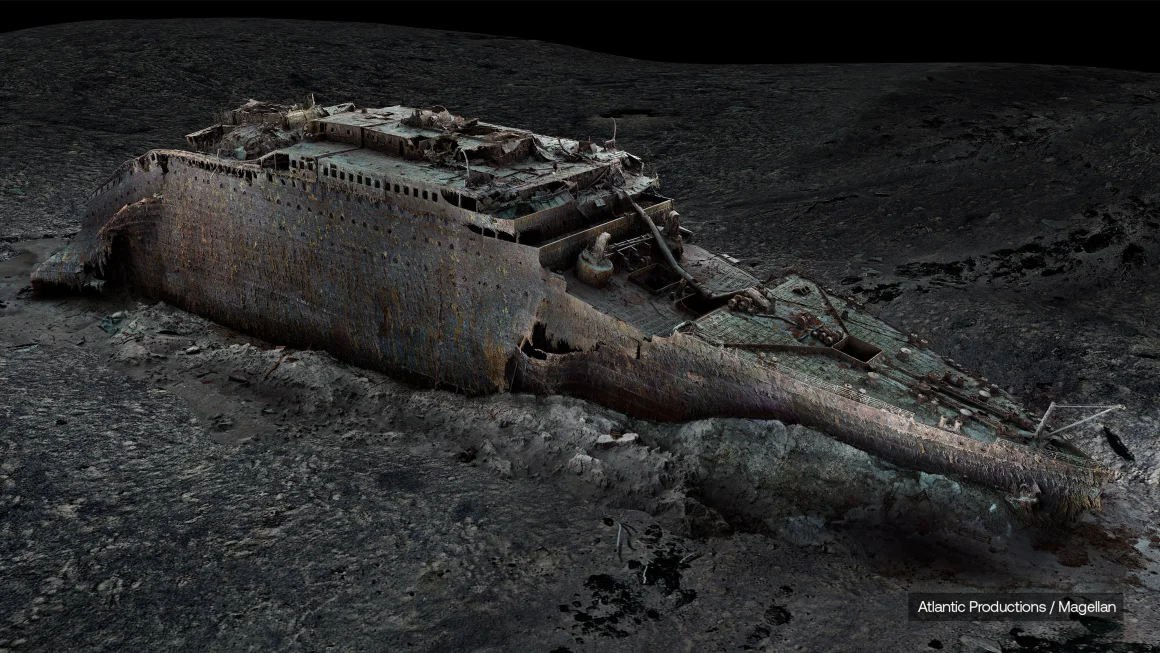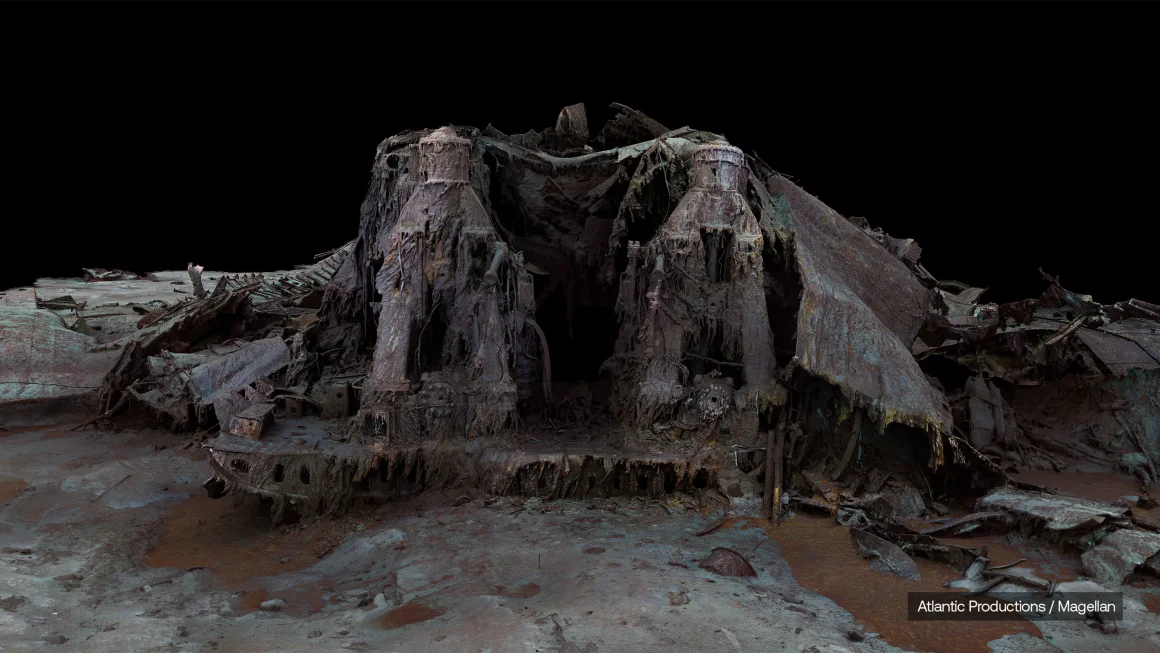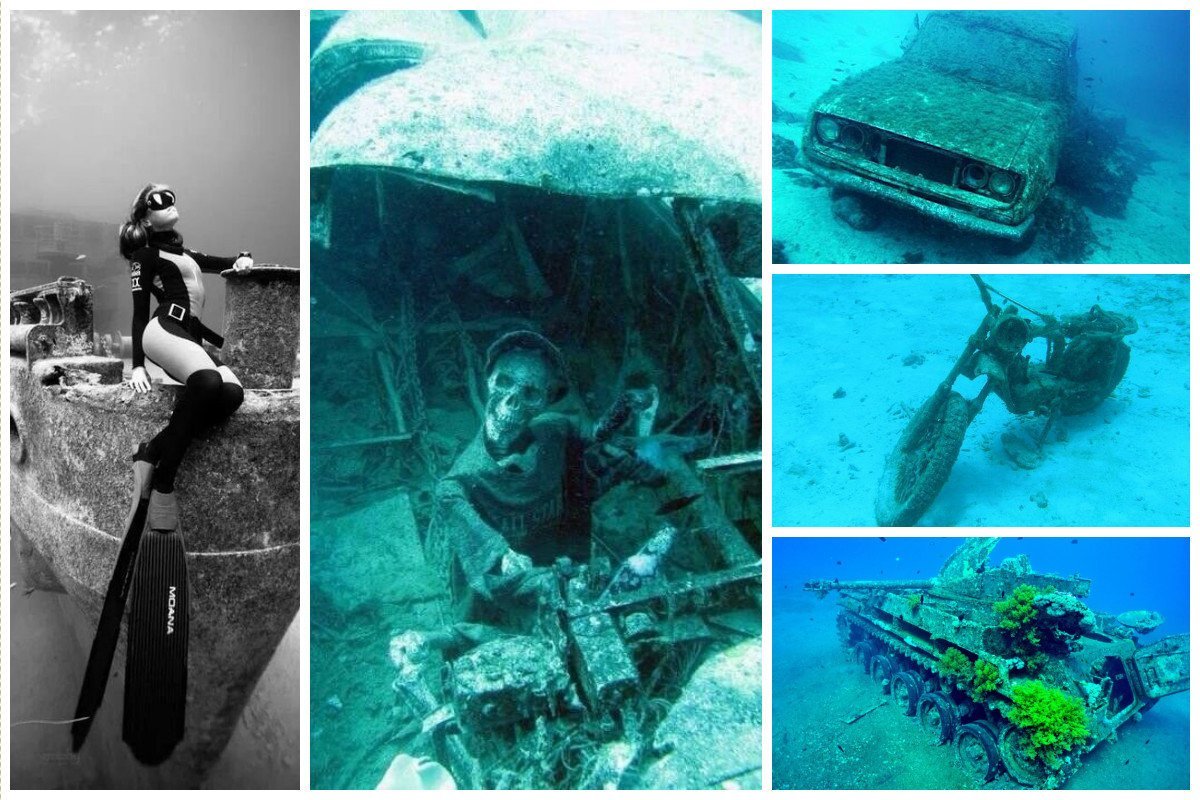A groundbreaking documentary sheds light on an extraordinary project aimed at creating 3D underwater scans of the legendary RMS Titanic, which sank 113 years ago.
Titanic: The Digital Resurrection
The film, “Titanic: The Digital Resurrection,” narrates how the deep-sea mapping company Magellan developed the most precise model of the Titanic ever created: a full-scale, 1:1 digital twin, accurate down to the rivet. This remarkable initiative ensures that the wreck will be digitally preserved as it existed in 2022.
When Titanic embarked on her maiden voyage on April 10, 1912, she was the largest passenger ship in operation, famously deemed “unsinkable.” Tragically, just four days later, her journey ended in horror as she collided with an iceberg in the North Atlantic at 11:40 p.m. on April 14. The ship sank in under three hours, leading to the loss of more than 1,500 lives, solidifying Titanic’s status as the most notorious shipwreck in history. Titanic scans

Critical Insights from the Documentary
The 90-minute National Geographic film features filmmaker Anthony Geffen, allowing him to reconstruct the ship’s final moments while challenging long-standing beliefs and uncovering new insights regarding that fateful night in 1912. Throughout the documentary, prominent figures such as Titanic analyst Parks Stephenson, metallurgist Jennifer Hooper, and master mariner Chris Hearn explore a full-scale replica of the ship, revealing hidden details previously unknown.
One pivotal finding is the discovery of an open steam valve, supporting claims that engineers remained at their posts in Boiler Room Two for over two hours after striking the iceberg. This brave decision maintained the ship’s electricity supply and facilitated distress signal transmissions, indicating that the 35 men in the boiler room may have sacrificed themselves to save hundreds of others.

Reconstructing Titanic’s Final Moments
Additionally, the team reconstructed hull fragments scattered around the wreck site, indicating that Titanic did not simply split in two but was violently torn apart, devastating first-class cabins where renowned passengers like J.J. Astor and Benjamin Guggenheim may have sought shelter as the vessel succumbed to the ocean.
In another significant revelation, Magellan’s scans help to clear First Officer William Murdoch’s name. Previously accused of abandoning his post, evidence from the position of a lifeboat davit confirms that Murdoch was in fact washed out to sea during the crew’s desperate attempts to launch the lifeboat.
A Legacy Preserved in Digital Form
Magellan’s sophisticated scanning technology illustrates how elements of the wreck are deteriorating over time. However, National Geographic emphasizes that this digital twin of the Titanic ensures that the historical site is preserved with exacting detail as it appeared in 2022. This milestone marks a new chapter in underwater archaeology, affirming the Titanic’s enduring legacy for future generations.









